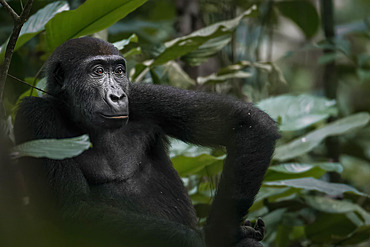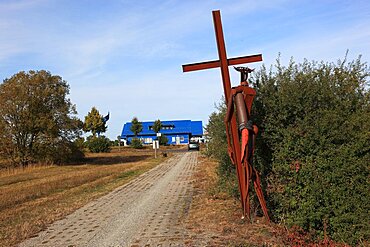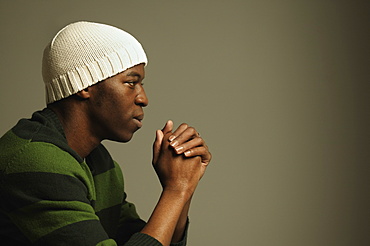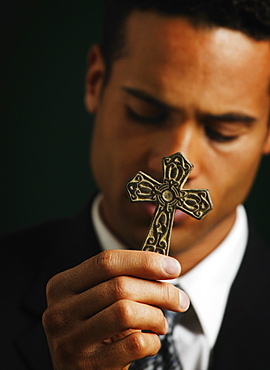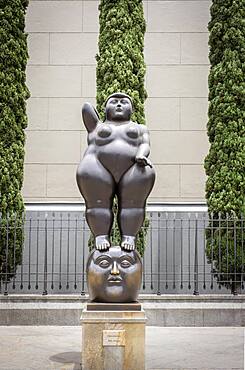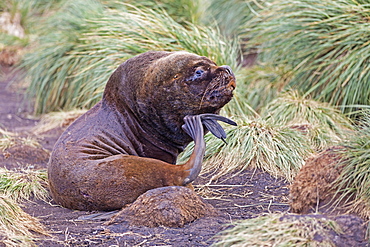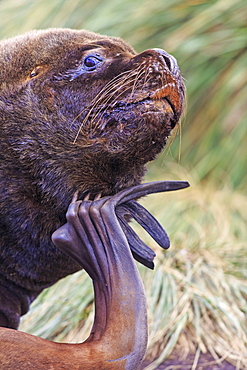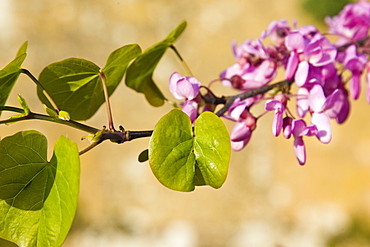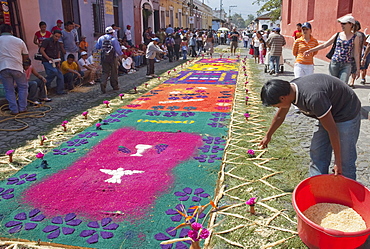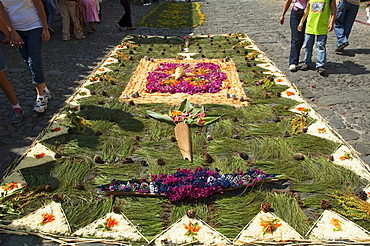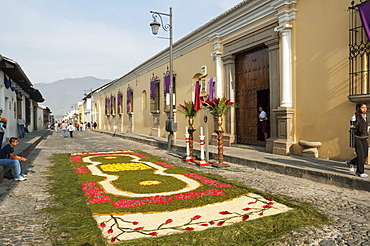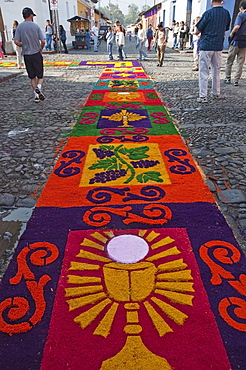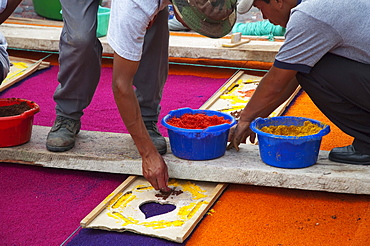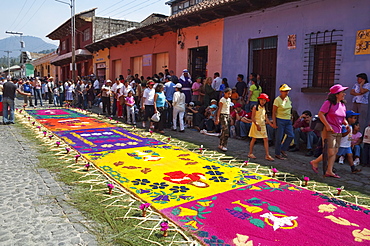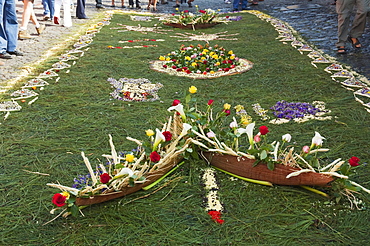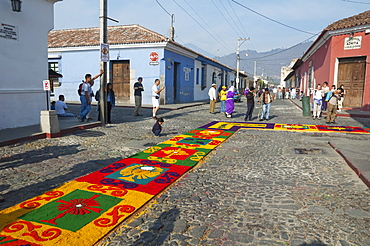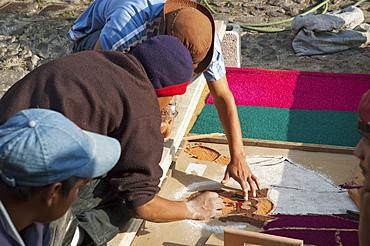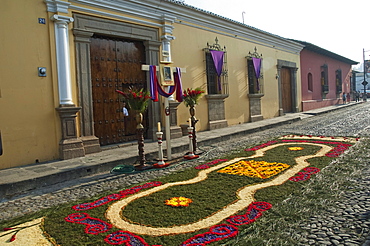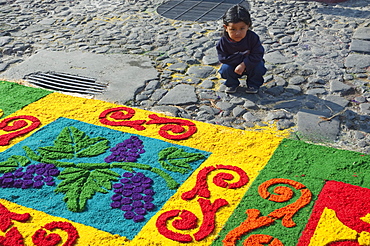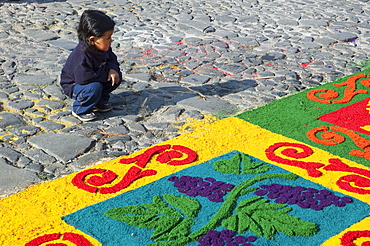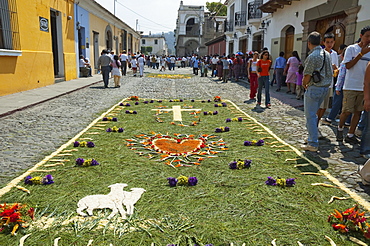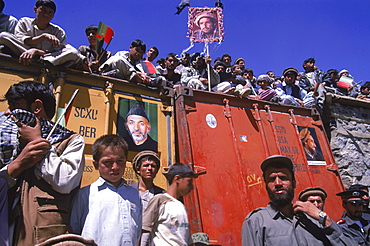Recent searches
Loading...
1373-212 - Detail of the Ethnography Museum of Ankara, Turkey, dedicated to the cultures of Turkic civilizations. Built between 1925 and 1928, it was first thought to be used as an Archeology Museum, and after the opening ceremony, it attained its current function.
1373-210 - Detail of the Ethnography Museum of Ankara, Turkey, dedicated to the cultures of Turkic civilizations. Built between 1925 and 1928, it was first thought to be used as an Archeology Museum, and after the opening ceremony, it attained its current function.
1373-209 - Detail of the Ethnography Museum of Ankara, Turkey, dedicated to the cultures of Turkic civilizations. Built between 1925 and 1928, it was first thought to be used as an Archeology Museum, and after the opening ceremony, it attained its current function.
1373-206 - Detail of the Ethnography Museum of Ankara, Turkey, dedicated to the cultures of Turkic civilizations. Built between 1925 and 1928, it was first thought to be used as an Archeology Museum, and after the opening ceremony, it attained its current function.
832-404441 - Digital nomad with laptop on veranda of tiny log house
832-404167 - Contemplative mysterious african american woman standing amidst the cotton field. generative AI
832-404168 - Contemplative mysterious african american woman standing amidst the cotton field. generative AI
832-404166 - Contemplative mysterious african american woman standing amidst the cotton field. generative AI
832-404165 - Contemplative mysterious african american woman standing amidst the cotton field. generative AI
832-404164 - Contemplative mysterious african american woman standing amidst the cotton field. generative AI
832-403932 - Thoughtful woman looking at the sea at Megali Petra beach with turquoise water of Lefkada island, Ionian Sea, Greece, Europe
832-403808 - Female teacher leaning upon table looking away
832-403157 - Outside box text made with wooden blocks think text adhesive note
832-402470 - Muslim woman listening music headphones
832-401412 - Dreaming beautiful woman relax on tropical beach with palm tree. Carefree concept
832-401413 - Dreaming beautiful woman relax on tropical beach with palm tree. Carefree concept
860-291763 - Woman at the edge of Bassin des Aigrettes, Saint Gilles, Reunion Island, France
860-291762 - Woman at the edge of Bassin des Aigrettes, Saint Gilles, Reunion Island, France
860-291577 - Western lowland gorilla (Gorilla gorilla gorilla) in Marantaceae forest. Odzala-Kokoua National Park. Cuvette-Ouest Region. Republic of the Congo
832-400286 - Modern Muslim girl student wearing hijab in the park, holding a phone in her hand and smiling
832-399286 - Chalk hand drawn brain with assorted food, food for brain health and good memory: fresh salmon fish, green vegetables, nuts, berries on black background. Foods to boost brain power, top view
832-399232 - Worried man sitting on the side of the bed and angry wife. Worried man in bed with erectile dysfunction. Concept of crisis and couple problems in bed, Managua, Nicaragua, Central America
832-398222 - Weg der Hoffnung, work of art, memorial, food for thought, an art project of the Point Alpha Foundation, The Weg der Hoffnung with its 14 stations ties in with the Christian Way of the Cross, Point Alpha, memorial, commemorative and meeting place on the road between Geisa (Thuringia) and Rasdorf (Hesse), Germany, Europe
832-397942 - Young thoughtful man in the office looking through the window
1350-1372 - Pensamiento or thought sculpture by Fernando Botero, in Plaza Botero, Botero square, Medellín, Colombia
805-492 - The day's selected thought spelled out in marigolds on the tomb of Mother Theresa, Kolkata, West Bengal, India, Asia
1178-31270 - Young woman with red hair, holding red umbrella
1178-31413 - Young woman reading adhesive notes on wall
1178-31271 - Young woman with long red hair, using smartphone in street
1178-31269 - Young woman with red hair, holding red umbrella
1178-31410 - Young woman holding pen, looking at adhesive notes
1178-31329 - People in office of Small Business, Start-up
1113-104754 - Young woman sitting near the window, deep in thought, Pensive
1116-46199 - This Young Teenage Girl Hangs Out Alone In A Park, Sitting On A Rock In A Thoughtful Disengaged Position Thinking To Herself, New Westminster, British Columbia, Canada
1116-40790 - Girl Watching The Water, Maui, Hawaii, Usa
1297-19 - A view of the Rafael Uribe Uribe Palace of Culture with the Fernando Botero statue Pensamiento (Thought) in the foreground, Medellin, Colombia, South America
1188-898 - Traditional miniature cars and money thought to give good luck for sale at a stall in the resort of Copacabana on Lake Titicaca, Bolivia, South America
860-286086 - South American Sea lions and Tussock Grass, Falkland island
860-286088 - Portrait of South American Sea lion mâle, Falkland islands
1178-8046 - USA, California, Silhouette of young woman relaxing on beach at sunset
1174-1677 - Lost in thought, a woman sits amidst a raft of boats. Ninh Binh, Vietnam, Ninh Binh, Vietnam
1161-2183 - Tree branch thought to be a Judas Tree, Gloucestershire, The Cotswolds, England, United Kingdom
869-4163 - striped remora or live sharksucker remora cleaning scraps from inside the mouth of a lemon shark Negaprion brevirostris resting on the bottom is a strong current Thought to be a parasite this is one of the first images showing a benefit for the shark in this relationship West End Grand Bahamas Atlantic Ocean
832-121547 - Replica of a portrait of a young man, thought to be Nero, midst of 1st century, original in the Museo Nazionale Romano, Museo della Civilta Romana, Rome, Latium, Italy, Europe
1116-27197 - People making a carpet made of sand & sawdust along the Good Friday processional route. Carpet-making is thought of as a sacrificial act, as the elaborate detail and time that go into the carpet making is a way for people to give something of themselves in memory of the crucifixion of Jesus. These carpets last on average 2 hours before they are destroyed by the many feet that march over them during a procession in Antigua Guatemala., Sacatepuquez, Guatemala
1116-27195 - Carpet made of pine needles & flowers along the Good Friday processional route. Carpet-making is thought of as a sacrificial act, as the elaborate detail and time that go into the carpet making is a way for people to give something of themselves in memory of the crucifixion of Jesus. These carpets last on average 2 hours before they are destroyed by the many feet that march over them during a procession in Antigua Guatemala., Sacatepuquez, Guatemala
1116-27185 - Carpet made of pine needles, flowers, sand & sawdust along the Good Friday processional route. Carpet-making is thought of as a sacrificial act, as the elaborate detail and time that go into the carpet making is a way for people to give something of themselves in memory of the crucifixion of Jesus. These carpets last on average 2 hours before they are destroyed by the many feet that march over them during a procession in Antigua Guatemala., Sacatepuquez, Guatemala
1116-27191 - Carpet made of sand & sawdust along the Good Friday processional route. Carpet-making is thought of as a sacrificial act, as the elaborate detail and time that go into the carpet making is a way for people to give something of themselves in memory of the crucifixion of Jesus. These carpets last on average 2 hours before they are destroyed by the many feet that march over them during a procession in Antigua Guatemala., Sacatepuquez, Guatemala
931-590 - Shark thought to be a tope with a zebra fish in attendance passes a large ball of blue jack mackerel (Trachurus picturatus) mid ocean, Azores, Portugal, Atlantic, Europe
1116-27285 - People working on a carpet made of sand & sawdust along the Good Friday processional route. Carpet-making is thought of as a sacrificial act, as the elaborate detail and time that go into the carpet making is a way for people to give something of themselves in memory of the crucifixion of Jesus. These carpets last on average 2 hours before they are destroyed by the many feet that march over them during a procession in Antigua Guatemala., Sacatepuquez, Guatemala
1116-27198 - Carpet with Christian imagery made of sand & sawdust along the Good Friday processional route. Carpet-making is thought of as a sacrificial act, as the elaborate detail and time that go into the carpet making is a way for people to give something of themselves in memory of the crucifixion of Jesus. These carpets last on average 2 hours before they are destroyed by the many feet that march over them during a procession in Antigua Guatemala., Sacatepuquez, Guatemala
1116-27200 - Carpet made of sand & sawdust along the Good Friday processional route. Carpet-making is thought of as a sacrificial act, as the elaborate detail and time that go into the carpet making is a way for people to give something of themselves in memory of the crucifixion of Jesus. These carpets last on average 2 hours before they are destroyed by the many feet that march over them during a procession in Antigua Guatemala., Sacatepuquez, Guatemala
1116-27193 - Carpet made of pine needles & flowers along the Good Friday processional route. Carpet-making is thought of as a sacrificial act, as the elaborate detail and time that go into the carpet making is a way for people to give something of themselves in memory of the crucifixion of Jesus. These carpets last on average 2 hours before they are destroyed by the many feet that march over them during a procession in Antigua Guatemala., Sacatepuquez, Guatemala
1116-27188 - Carpet made of pine needles, flowers, sand & sawdust along the Good Friday processional route. Carpet-making is thought of as a sacrificial act, as the elaborate detail and time that go into the carpet making is a way for people to give something of themselves in memory of the crucifixion of Jesus. These carpets last on average 2 hours before they are destroyed by the many feet that march over them during a procession in Antigua Guatemala., Sacatepuquez, Guatemala
1116-27187 - People making a carpet of sand & sawdust with the image of Jesus along the Good Friday processional route. Carpet-making is thought of as a sacrificial act, as the elaborate detail and time that go into the carpet making is a way for people to give something of themselves in memory of the crucifixion of Jesus. These carpets last on average 2 hours before they are destroyed by the many feet that march over them during a procession in Antigua Guatemala., Sacatepuquez, Guatemala
1116-27284 - People working on a carpet made of sand & sawdust along the Good Friday processional route. Carpet-making is thought of as a sacrificial act, as the elaborate detail and time that go into the carpet making is a way for people to give something of themselves in memory of the crucifixion of Jesus. These carpets last on average 2 hours before they are destroyed by the many feet that march over them during a procession in Antigua Guatemala., Sacatepuquez, Guatemala
1116-27186 - Carpet made of pine needles, flowers, sand & sawdust along the Good Friday processional route. Carpet-making is thought of as a sacrificial act, as the elaborate detail and time that go into the carpet making is a way for people to give something of themselves in memory of the crucifixion of Jesus. These carpets last on average 2 hours before they are destroyed by the many feet that march over them during a procession in Antigua Guatemala., Sacatepuquez, Guatemala
1116-27190 - Girl by a carpet made of sand & sawdust along the Good Friday processional route. Carpet-making is thought of as a sacrificial act, as the elaborate detail and time that go into the carpet making is a way for people to give something of themselves in memory of the crucifixion of Jesus. These carpets last on average 2 hours before they are destroyed by the many feet that march over them during a procession in Antigua Guatemala., Sacatepuquez, Guatemala
1116-27196 - People making a carpet made of sand & sawdust along the Good Friday processional route. Carpet-making is thought of as a sacrificial act, as the elaborate detail and time that go into the carpet making is a way for people to give something of themselves in memory of the crucifixion of Jesus. These carpets last on average 2 hours before they are destroyed by the many feet that march over them during a procession in Antigua Guatemala., Sacatepuquez, Guatemala
1116-27199 - People making a carpet made of flower & pine needles along the Good Friday processional route. Carpet-making is thought of as a sacrificial act, as the elaborate detail and time that go into the carpet making is a way for people to give something of themselves in memory of the crucifixion of Jesus. These carpets last on average 2 hours before they are destroyed by the many feet that march over them during a procession in Antigua Guatemala., Sacatepuquez, Guatemala
1116-27189 - Girl by a carpet made of sand & sawdust along the Good Friday processional route. Carpet-making is thought of as a sacrificial act, as the elaborate detail and time that go into the carpet making is a way for people to give something of themselves in memory of the crucifixion of Jesus. These carpets last on average 2 hours before they are destroyed by the many feet that march over them during a procession in Antigua Guatemala., Sacatepuquez, Guatemala
1116-27201 - People making a carpet made of flower & pine needles along the Good Friday processional route. Carpet-making is thought of as a sacrificial act, as the elaborate detail and time that go into the carpet making is a way for people to give something of themselves in memory of the crucifixion of Jesus. These carpets last on average 2 hours before they are destroyed by the many feet that march over them during a procession in Antigua Guatemala., Sacatepuquez, Guatemala
857-70183 - The Florida Ivory millipede (Spirobolida: Spirobolidae) a class of arthropod is thought to be among the first animals to have colonized land during the Silurian geologic period. The millipede's most obvious feature is its large number of legs. contrary to the Latin derivative of their name (thousand foot) the common species have between 80 and 400 legs.
857-72038 - Naga is the Sanskrit and Pali word for a deity or class of entity or being, taking the form of a very large snake, found in Hinduism and Buddhism. In India, nagas are considered nature spirits and the protectors of springs, wells and rivers. They bring rain, and thus fertility, but are also thought to bring disasters such as floods and drought. According to traditions nagas are only malevolent to humans when they have been mistreated. They are susceptible to mankind's disrespectful actions in relation to the environment. They are also associated with waters &33; rivers, lakes, seas, and wells &33; and are generally regarded as guardians of treasure.They are objects of great reverence in some parts of southern India where it is believe that they bring fertility and prosperity to their venerators. Expensive and grand rituals are conducted in their honour.
857-65798 - A lone, young man walks along a long, empty, prairie, dirt road found along the foothills that border the Rocky mountains in southern Alberta during October of 2005. Much of this area of low population density, large ranches and farms nestled at the base of the southern Rocky mountains is changing hands to concentrations of people in tight and clustered housing with paved roads.
857-33945 - Men, soldiers and schoolboys carry banners and photos to the shrine in the Panjshir Valley of the famous Tajik commander, Ahmad Shah Masood, during a memorial on the one year anniversary of his assasination, September 9, 2002. Masood was a revered mujahedin leader who also was one of the leaders of the Northern Alliance which opposed the Taliban and helped the US Military in their defeat. Masood was assasinated by what are thought to be Al Queda operatives on Sept. 9, 2001. A shrine has been erected in the Panjshir Valley from where he led much of his resistance to both the Soviet and Taliban forces, to honor this latest of Afghan war heros.
857-33973 - Men and boys on bikes ride past a towering, ancient minaret, outside of Ghazni, Afghanistan, October 1, 2002. Made of brick decorated with Kufic and Naksh Script and floral motifs, the minaret dates back to the early 12th century and was built by Sultan Masud III of the Ghaznavid Dynasty, who ruled over an empire encompassing much of Afghanistan, Northern India, Persia and Central Asia. The minaret was once three times as tall as its current 70 feet, and is thought to have been part of a large mosque complex. Now an important truck stop on the road to Kandahar, Ghazni, located on the Lora River at the elevation of 2,225 meters, is the capital of Ghazni province and is a market for sheep, wool, camel hair cloth, corn, and fruit-it also continues to be a haven for Taliban insurgents.
857-34013 - Armed guards keep an eye on the crowds during a ceremony below the shrine of Ahmad Shah Masood in the Panjshir Valley, September 9, 2002. Masood was a revered mujahedin leader who fought the Soviets in the Afghan-Soviet war, and who also was one of the main leaders of the Northern Alliance which opposed the Taliban and helped the US Military in their defeat. Masood was assasinated by what are thought to be Al Queda operatives on Sept. 9, 2001. A shrine has been erected in the Panjshir Valley, near the village of Bazarak, from where he led much of his resistance to both the Soviet and Taliban forces, to honor this latest of Afghan war heros.
857-33947 - Schoolboys chant and carry banners to the shrine in the Panjshir Valley of the famous Tajik commander, Ahmad Shah Masood, on the one year anniversary of his assasination, September 9 2002. Masood was a revered mujahedin leader who also was one of the leaders of the Northern Alliance which opposed the Taliban and helped the US Military in their defeat. Masood was assasinated by what are thought to be Al Queda operatives on Sept. 9, 2001. A shrine has been erected in the Panjshir Valley from where he led much of his resistance to both the Soviet and Taliban forces, to honor this latest of Afghan war heros.
857-33936 - A man feeds white doves at dawn in front of the Blue Mosque, Mazar-i-Sharif, Balkh Province. Hundreds of doves, who are fed by worshippers and tended by special workers, live around the mosque, and it is thought that the place is so holy that a grey or brown dove will turn white if it lands on the Mosque. The mosque is also known as the Shrine of Hazrat Ali (Hazrat Ali was the son-in-law of the prophet Mohammed), who is believed to be buried here. The shrine, of particular importance for Afghanistan's Shi'ite Muslims, was first built in the 12th century, destroyed by Genghis Khan, and rebuilt in 1481. The current mosque, considered by some to be one of the most beautiful in Central Asia, is a modern restoration.
857-33952 - Crowds of boys and men, holding posters of Ahmad Shah Masood and Afghan president Hamid Karzai, line the roofs of buildings during a ceremony in the Panjshir Valley on the one year anniversary of Masoods assasination, September 9, 2002. Thousands of people from all over Afghanistan and the world, including many important dignitaries, arrived in the Panjshir Valley for ceremonies honoring Masood, a revered mujahedin leader who also was one of the leaders of the Northern Alliance which opposed the Taliban and helped the US Military in their defeat. Masood was assasinated by what are thought to be Al Queda operatives on Sept. 9, 2001. The shrine to honor this latest of Afghan war heros was built in the Panjshir Valley as that is from where Masood led much popular resistance against both the Soviets and the Taliban forces.
857-33946 - Hundreds of men and boys pray during ceremonies at the shrine of Ahmad Shah Masood in the Panjshir Valley, on the one year anniversary of his assasination, September 9, 2002.. Masood was a revered mujahedin leader who also was one of the leaders of the Northern Alliance which opposed the Taliban and helped the US Military in their defeat. Masood was assasinated by what are thought to be Al Queda operatives on Sept. 9, 2001. A shrine has been erected in the Panjshir Valley from where he led much of his resistance to both the Soviet and Taliban forces, to honor this latest of Afghan war heros.
857-33971 - Afghan men pause on the road with an ancient brick minaret and many shrines in the background, outside of Ghazni, Afghanistan, October 1, 2002. Made of brick decorated with Kufic and Naksh Script and floral motifs, the minaret dates back to the early 12th century and was built by Sultan Masud III of the Ghaznavid Dynasty, who ruled over an empire encompassing much of Afghanistan, Northern India, Persia and Central Asia. The minaret was once three times as tall as its current 70 feet, and is thought to have been part of a large mosque complex. Now an important truck stop on the road to Kandahar, Ghazni, located on the Lora River at the elevation of 2,225 meters, is the capital of Ghazni province with a population of 35,900, and is a market for sheep, wool, camel hair cloth, corn, and fruit, and continues to be a haven for Taliban insurgents.























